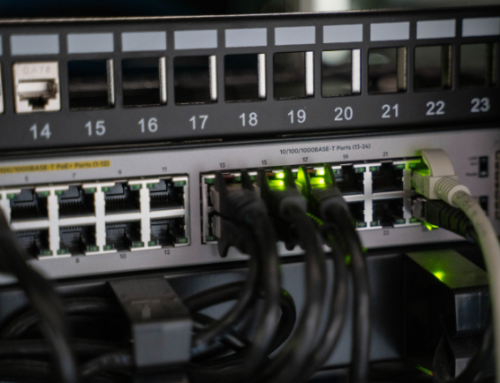Take 3 minutes to read this article
Worried about HPE EOSL Deadlines in 2021?
A number of HP Enterprise (HPE) storage devices, disk enclosures, hyperconverged solutions, servers, and other IT equipment are due for End of Service Life (EOSL) this year. If you have one or more of these devices on your network and you’re starting to worry about costly OEM premium maintenance or equipment upgrades, there’s something about HPE EOSL deadlines you need to know first.
What you need to know about HPE EOSL Deadlines
The moment HPE publishes the EOSL deadline for a particular equipment, which is usually after that equipment reaches its End of Life (EOL), it will start offering premium maintenance and support for that product. Because it’s a ‘premium’ service, you can expect the fees to be quite high.
Note: HPE actually has three product life cycle milestones after EOL (In HPE jargon, EOL is known as End of Sale). These are namely: Post End of Sale Support, End of Engineering Support and End of Contract Availability, each with varying levels of availability of support services. However, let’s just use the term EOSL to mean the last milestone when support is ultimately stopped.
Aside from the exorbitant fees, there are a couple of problems with these offerings:
- The prices don’t make sense. Since these products have been in the market for quite some time, IT engineers should already be very familiar with the issues that plague them. Thus, maintenance and support costs are supposed to be lower, but they’re not.
- Take-it-or-leave-it. If you don’t purchase HPE’s premium maintenance and support services, the only other option they’ll give you is an equipment upgrade. What if, due to financial constraints, you’re not yet ready for that?
- They’re impractical. In addition to the unreasonably high fees, these offerings are only good for a relatively short period of time. Once the EOSL deadline arrives, which could be just a few weeks or a couple of months from now if the EOSL is in 2021, that OEM maintenance and support will come to an end.
HPE EOSL deadlines in 2021
Some of the HPE equipment that are scheduled for EOSL this year include the following:
| HPE Model | EOSL Deadline |
|---|---|
|
ConvergedSystem 240-HC
|
1/31/2021
|
|
StoreVirtual 242-HC
|
1/31/2021
|
|
3PAR StoreServ 10000
|
5/31/2021
|
|
3PAR StoreServ 10400
|
5/31/2021
|
|
3PAR StoreServ 10800
|
5/31/2021
|
|
ProLiant DL 360p G8
|
6/13/2021
|
|
ProLiant DL 380p G8
|
6/30/2021
|
|
D2600 Disk Enclosure
|
6/30/2021
|
|
ProLiant BL460c Gen8
|
8/2/2021
|
|
ProLiant DL 360e G8
|
8/16/2021 |
|
ProLiant DL 380e G8
|
8/16/2021 |
|
ProLiant DL320e G8 V1
|
8/16/2021 |
|
ProLiant DL580 G7
|
8/16/2021 |
|
ProLiant ML350e G8 V2
|
8/16/2021 |
|
ProLiant ML350p G8
|
8/16/2021 |
|
ProLiant DL580 G8
|
9/30/2021 |
|
ProLiant BL685c G7
|
10/1/2021 |
|
ProLiant DL320e G8 V2
|
10/1/2021 |
|
ProLiant BL420c G8
|
11/30/2021 |
|
ProLiant BL465 G8
|
11/30/2021 |
You can find a complete list of HPE EOSL deadlines here
How to avoid exorbitant maintenance and support fees
HPE isn’t the only one who can offer you maintenance and support when your HPE equipment reaches end-of-life. You can actually get the same level of maintenance and support services from third parties like CentricsIT. These services are aptly called third-party maintenance or TPM.
One major advantage of CentricsIT’s TPM services over HPE’s premium services is that they’re much cheaper. CentricsIT customers are known to have realized between 40%–70% savings on IT maintenance costs.
That’s not all. Unlike HPE’s premium services, CentricsIT third-party maintenance services do not end at EOSL. That means, you can actually extend the life of your HPE equipment beyond the EOSL deadline until you’re ready to perform an upgrade.
CentricsIT TPM is delivered by highly qualified engineers and backed by a global network of partners and market specialists, which allows CentricsIT to get the best deals on new and refurbished hardware anywhere in the world.
It’s worth noting, there can be situations when an HPE equipment might not be suited for TPM. If, after a thorough evaluation, CentricsIT engineers determine this holds true in your case, they will recommend appropriate decommissioning options.
The usual options include recycling, repurposing or disposing. These options fall under what is known as IT Asset Disposition (ITAD) services. Should you wish to know more about ITAD, click here.





